Our Green-Wood Historic Fund Collections continue to grow. Green-Wood’s president, Rich Moylan, is always on the look-out for paintings or sculpture by Green-Wood’s permanent residents. He recently purchased this marble bust:
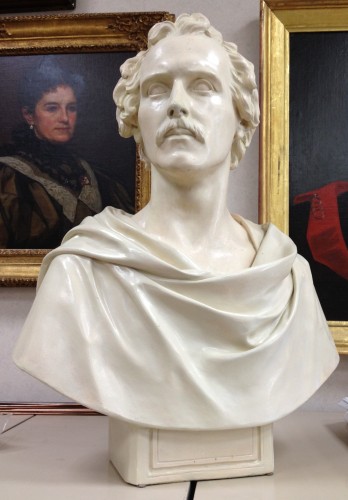
And here is the inscription on its back:
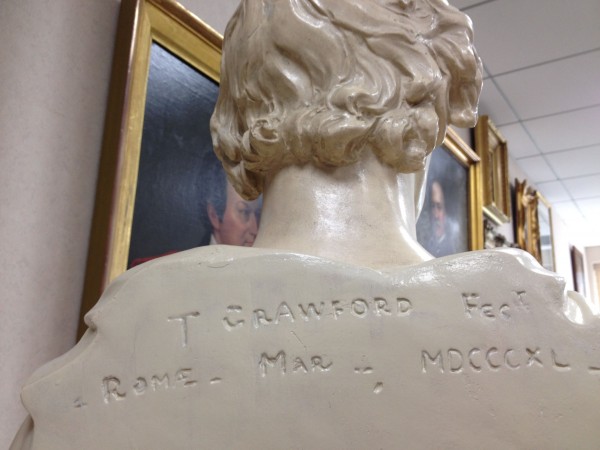
“T. Crawford” is of course Thomas Crawford (1814-1857), renowned 19th-century sculptor best-known for his sculpture, “Statue of Freedom,” which tops our nation’s capitol.
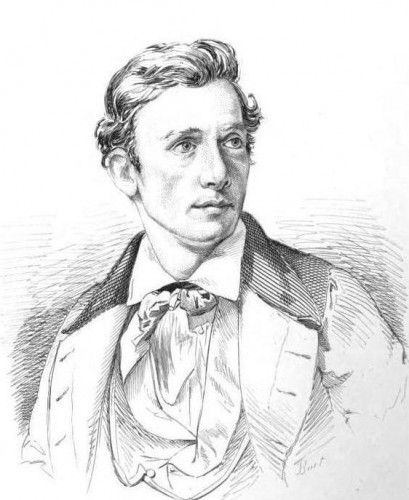

A colossal bronze standing 19 1/2 feet high and weighing 7 1/2 tons,it has stood overlooking Washington, D.C., since 1863.
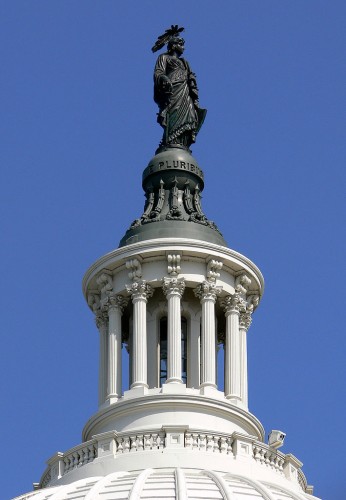
Rich then contacted Thayer Tolles, our go-to person on all matters of American sculpture. Thayer is the curator of The American Wing at The Metropolitan Museum of Art. Thayer sent us back these thoughts:
I think we can fairly easily crack the case of your plaster assuming it is not a
copy of an 1878 copy. Based on Lauretta Dimmick’s 1986 dissertation on Crawford,
this is one of the three plaster copies that were made in 1878 by Henry
Wadsworth Longfellow after the 1840 original (now at Longfellow Historic Site,
National Park Service). One copy was sent to Greene, one to Bowdoin College
(still there), and one to Cornell University (no longer there).
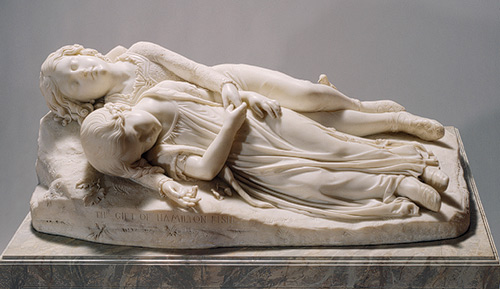
Thayer kindly sent us a copy of Lauretta Dimmick’s Ph.D. thesis. In it, she writes that Crawford and the subject of this plaster, George Washington Greene (who, as she notes, was the grandson of General George Washington’s favorite general, Nathaniel Greene), were very close: they met in Rome, where Greene was American counsel and Crawford had his sculpture studio. Americans who visited Rome contacted Greene, in his official capacity; Greene in turn touted Crawford’s work and made the appropriate introductions for visitors. As Henry Kirke Brown (who would go on to sculpt the De Witt Clinton bronze at Green-Wood, as well as several other commissions there) noted: Greene “is the particular friend of Mr. Crawford to the exclusion of all other sculptors, and as all Americans are obliged to see him upon their arrival by virtue of his office as Consul they are at once taken to Crawford’s studio and stuffed with praise, etc., etc., without end.” It was Greene who introduced Crawford to Charles Sumner (later abolitionist Senator from Massachusetts, who got Crawford his first major commission) and to Henry Wadsworth Longfellow.
According to Lauretta Dimmick, Crawford’s plaster bust of Greene was never sculpted in marble–neither Greene nor Crawford could afford that. But Greene sent the plaster original off to Longfellow, likely as an advertisement for Crawford’s work, and Longfellow wrote back: “It is a beautiful thing; and shall stand in the Halls of [my home]. You are somewhat idealized by the artist, but on that account I like it all the better. That is the great power in an artist; to paint or model the soul that is in the man.” And, Longfellow grew even more impressed–he wrote to Greene a year later, full of praise: ” . . . kind regards to Crawford. He is a true man of genius. The country will be very proud of him. His bust of you is exquisite. . . . Often as I look at [it] my eyes grow moist with feeling. Everyone is delighted with it.”
In May of 1878, Henry Wadsworth Longfellow wrote to George Washington Greene concerning the plaster bust to tell him that “I ordered three copies to be made, and one of them to be sent to you.”
As Lauretta notes, Longfellow sent one of the plasters to Bowdoin College and another to Cornell University; “[t]he location of the plaster sent to Greene is not known.”
So, it seems that the one Green-Wood just purchased may be the one that George Washington Greene owned. Or perhaps the one that is no longer at Cornell.
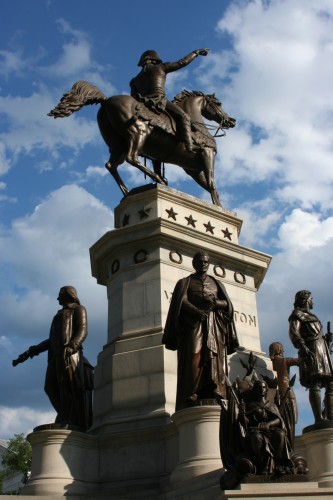
George Washington Greene also introduced Thomas Crawford to his future wife, Louisa Ward (1823-1897). The Museum of the City of New York has a wonderful marble bust of Louisa, by Crawford, in its collections. Louisa was one of “The Three Graces of Bond Street”–young beauties from the very prominent Ward family. She had a sister named Julia–whose married name was Julia Ward Howe–the little lady who wrote the “Battle Hymn of the Republic.” Ultimately, Greene would serve as a pallbearer at Crawford’s Green-Wood funeral. Crawford was interred in the Ward family’s underground vault. No marker for Crawford, or any other person interred in that vault, exists.
In the last few years, we have had discussions about a suitable monument for Crawford–perhaps a smaller version of his “Statue of Freedom.” Wouldn’t that be great!
Would you give permission for me to use your 2 pictures of the George Washington Greene bust on my website for the book Topping the Dome? My book is also being published as an audio book and will be ready in about 1O days. I would, of course give you the appropriate credit. The book website will be mentioned in the Author’ Notes at the beginning of the audio book for those who might be interested in seeing the other pictures which are in the hard copy. The pictures would not be in the hard copy already published.Thank you, Richard F. Novak
Yes, that is fine–you have permission to use these photographs on your website. Thanks!
Thank you for the thoughtful post about our 3x Great-grandfather and our other relatives. My husband and I are currently in Washington DC to see all of his works here, and it amazes me little he and his family at the time are mentioned as part of history. Louisa’s grandfather was a member of the Continental Congress, being the governor of Rhode Island, and by all rights would have been a signer on the Declaration, but passed away a few months before the signing. Julia was a feisty woman and also fought for women’s rights. Thomas’s son, Francis, married the daughter of Hiram Berdan, who was the very first American Sharp Shooter in the Army. Anyhow, the deeper I go into our genealogy continues to peel back the layers of history only to reveal another amazing person, who has contributed to our history as a nation. If a statue is every erected in his honor, please let his family know. We’d love to be there to honor his memory. Warm Regards.
Thank you very much for posting this comment. It is very good to learn that you enjoyed the post. And thank you for sharing the fascinating information concerning the family. Yes, we do in fact have plans to erect an monument in his honor. We recently purchased his “Babes in the Woods”–a wonderful marble carving by Crawford. It is now in the process of being restored. Then, decisions will have to be made as to how it will be best to put it at his grave, as a tribute to him, while also safeguarding it. That is a process that is ongoing. It would be wonderful to have you and other descendants at the dedication. We will be in touch. Thanks!
Hello All, I am trying to complete a research project on Thomas Crawford who we believe was born in the town of Ballyshannon in Donegal, Ireland where his parents were from. I would love to get in touch with anyone who has information on Thomas’s and his sister’s early years. If you have any information and would like to share it, I would love to hear more about it simongillespie86@gmail.com